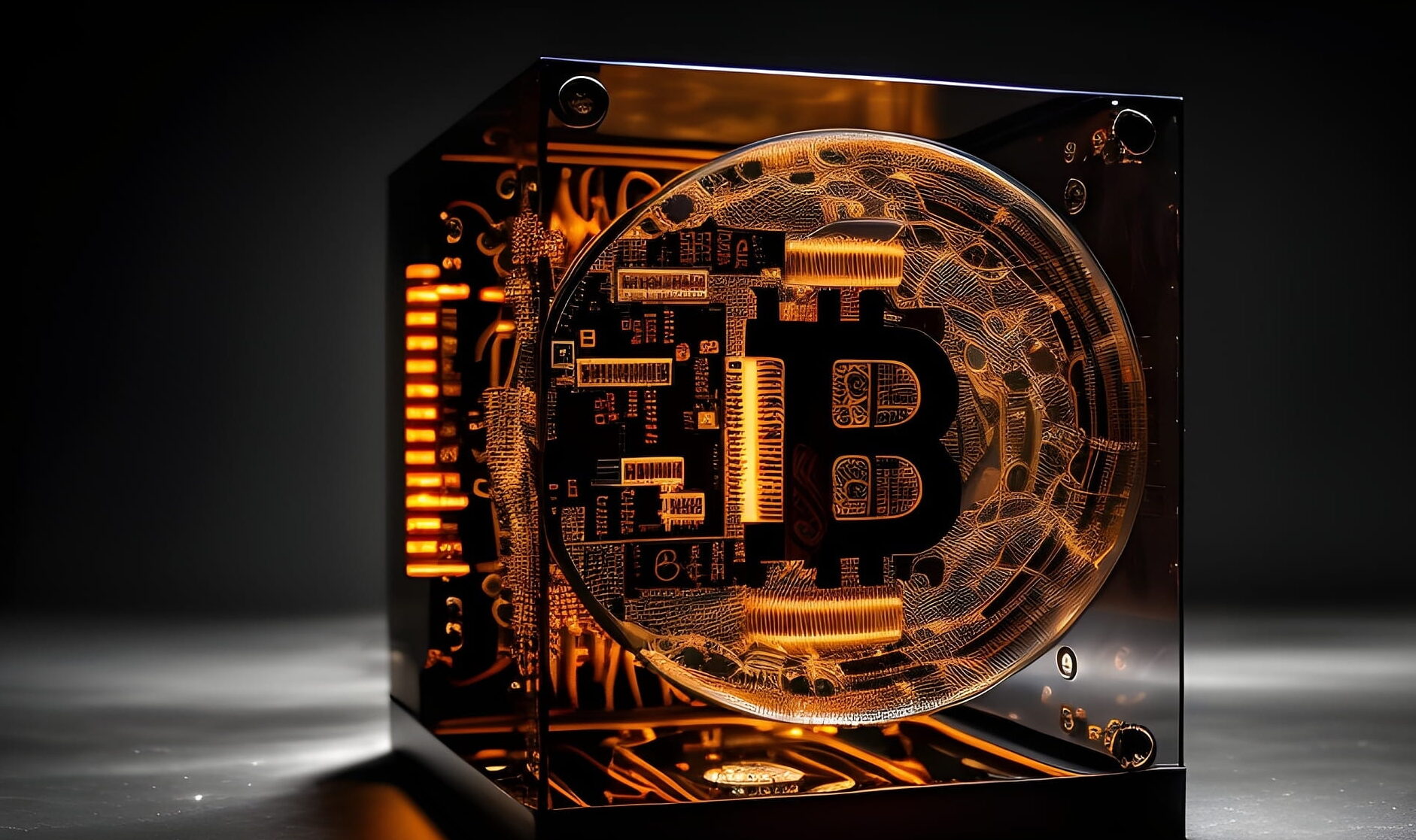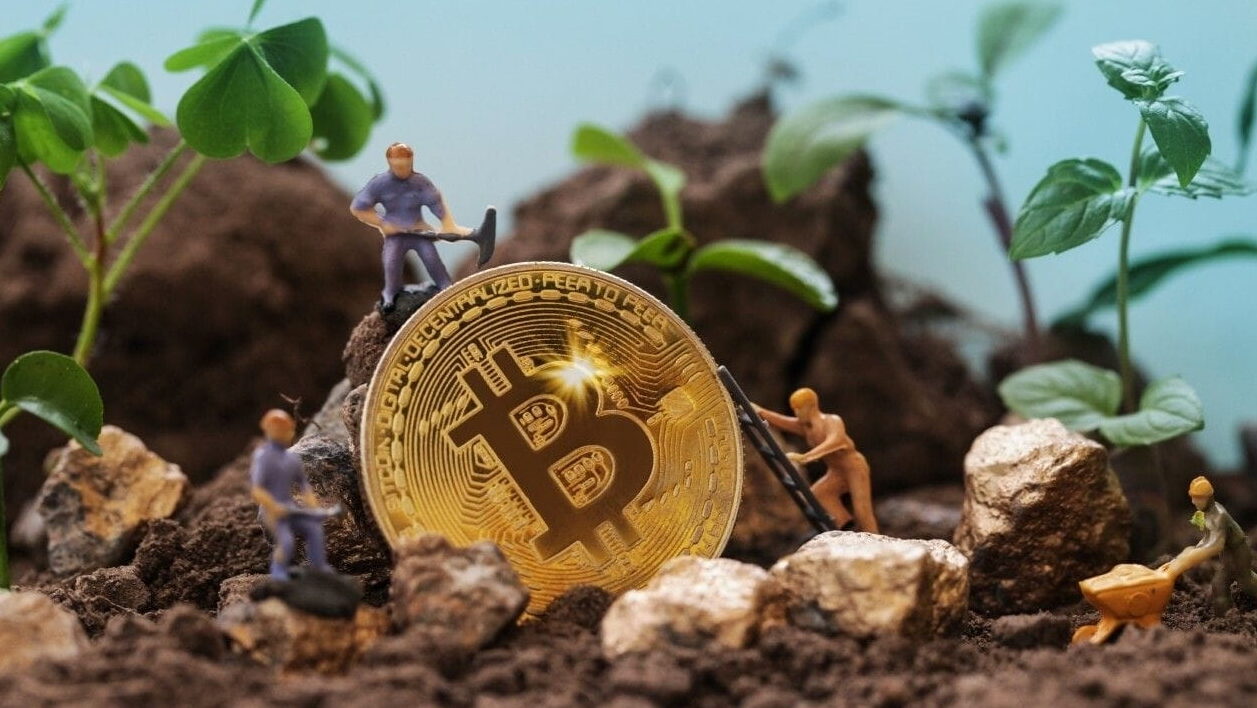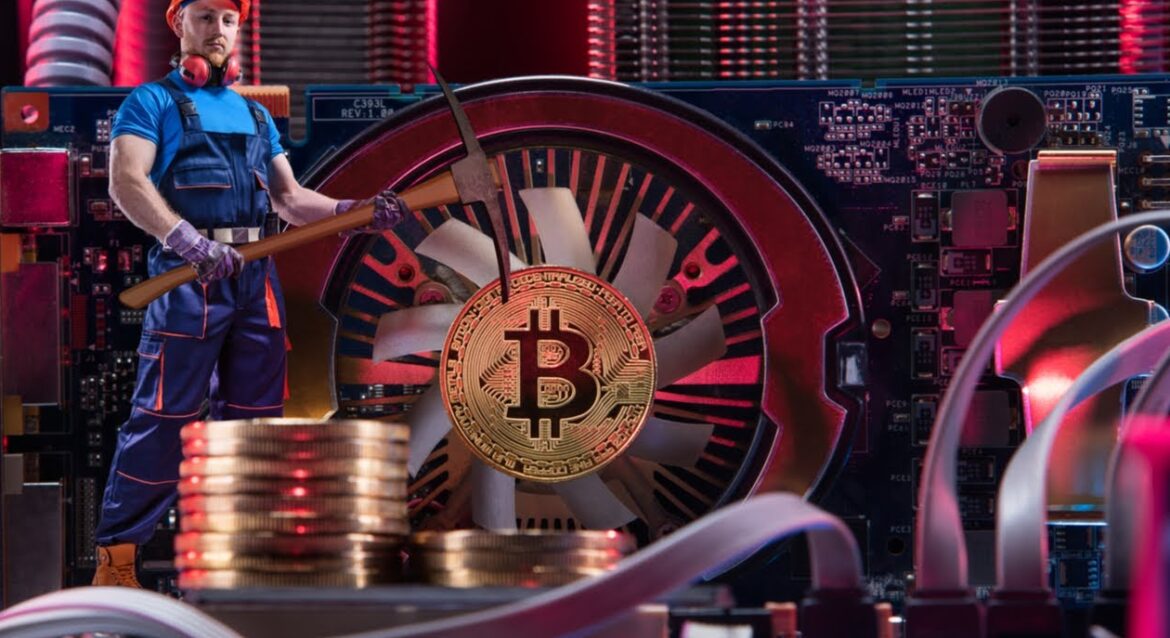The vital process maintaining the Bitcoin network and guaranteeing the security, integrity, and decentralizing nature of the first cryptocurrency is Bitcoin mining. This multifarious activity not only brings fresh bitcoins into use but also verifies and logs blockchain transactions. Knowing mining is now crucial for everyone interested in cryptocurrencies, blockchain technology, or the future of distributed finance since Bitcoin has evolved from an obscure experiment to a big financial phenomenon.
Bitcoin Mining Proof-of-Work
Fundamentally, Bitcoin mining is proof-of-work—that is, the process by which strong computers solve challenging mathematical problems. By verifying transactions and prohibiting double-spending, this mechanism locks the Bitcoin blockchain and upholds faith in a distributed system free from central authority. The first to add the newest block of transactions to the blockchain and get paid newly minted Bitcoins plus transaction fees is the miner who solves the riddle.
Satoshi Nakamoto, the enigmatic author of Bitcoin, first presented this approach in 2008 as a means of fostering network involvement and fraud prevention. Mining is a competitive race whereby miners use large computational resources to find a hash satisfying a given difficulty target. Whether or not other miners are involved, this difficulty changes automatically to make sure a fresh block is mined around every 10 minutes.
Bitcoin Mining and ASIC Technology
The SHA-256 cryptographic hash method drives Bitcoin mining, by which miners process the data in a block and a random number known as a nonce. The aim is to identify a hash output below a given threshold, determined by the degree of network difficulty. Miners try trillions of guesses every second since only raw force will allow one to reach this. A successful miner sends the block to the whole network for validation.

Bitcoin mining was once possible with conventional CPUs and then GPUs, but as the network expanded, specialized gear known as Application-Specific Integrated Circuits (ASICs) was required. Driven by exceptional hash power with low energy consumption, ASIC miners—like those made by Bitmain and MicroBT—drive the competitive nature of mining today.
Mining Pools and Network Decentralization
The intense rivalry and cash required in solo mining—where one miner tries to solve a block on his own—have made this practice unusual. By pooling their processing capability and distributing rewards proportionately, miners join mining pools—groups that help to reduce revenue volatility and raise possibilities of rewards.
Popular mining pools, including Foundry USA, Slush Pool, and F2 Pool, together control a sizable portion of the hash rate on the Bitcoin network. Although pools provide accessibility, there is continuous discussion on how hash power concentration could affect Bitcoin’s security and decentralizing ability. The stability of the Bitcoin blockchain still depends mostly on a distributed mining network.
Bitcoin Mining Economics and Halving Impact
The profitability of Bitcoin mining depends on multiple linked elements: the current Bitcoin price, mining difficulty, power expenses, and hardware mining efficiency. Miners have to precisely balance these factors if they are to survive. By lowering the quantity of newly generated bitcoins rewarded for each block, the planned Bitcoin halving event—which roughly every four years halves the block reward— significantly affects mining profitability.
May 2020 saw the most recent halving; the payout dropped from 12.5 to 6.25 bitcoins per block. Fundamental to Bitcoin’s nature as a deflationary asset, its scarcity mechanism replicates valuable commodities like gold, and is Miners depend more on transaction fees as block rewards drop over time, which may have an impact on the long-term operational expenses and network security.
Environmental Impact and Sustainable Mining Practices
The significant energy usage of bitcoin mining has become a main focus of environmental investigation. The process generates criticism regarding its carbon footprint because it requires continuous, energy-intensive calculations. Policymakers, environmentalists, and the crypto community are debating estimates like those from the Cambridge Bitcoin Electricity Consumption Index (CBECI), which show that Bitcoin’s yearly energy use matches that of whole countries.
 The mining sector has responded, nonetheless, to these issues. Many mining operations run on renewable energy sources, including hydroelectric electricity in nations like Iceland, Canada (Quebec), and Norway. Furthermore, trying to improve energy efficiency are newly developed technologies such as artificial intelligence-optimized mining rigs and immersion cooling. The larger blockchain community also investigates different consensus models; for instance, Ethereum’s switch to proof-of-stake greatly lowers energy consumption, therefore revealing possible future routes for Bitcoin.
The mining sector has responded, nonetheless, to these issues. Many mining operations run on renewable energy sources, including hydroelectric electricity in nations like Iceland, Canada (Quebec), and Norway. Furthermore, trying to improve energy efficiency are newly developed technologies such as artificial intelligence-optimized mining rigs and immersion cooling. The larger blockchain community also investigates different consensus models; for instance, Ethereum’s switch to proof-of-stake greatly lowers energy consumption, therefore revealing possible future routes for Bitcoin.
Bitcoin Mining Regulation and Institutions
Governments and regulatory agencies all around have started paying more and more interest in Bitcoin mining. Nations differ greatly in their policies, from enforcing bans and limits to inviting mining centers with favorable energy policies. Previously a major player in the industry, the 2021 mining crackdown in China caused a huge redistribution of hash power to nations such as Russia, Kazakhstan, and the United States.
Institutional participation is growing alongside mining operations. Big businesses such as MicroStrategy, Tesla, and Square have made investments in Bitcoin and mining infrastructure, therefore validating the area in view in the perspective of conventional finance. The presence of institutional players also increases attention on compliance, taxation, and environmental standards, thereby influencing the changing legislative environment.
Final thoughts
Future developments in Bitcoin mining will reflect environmental, financial, and technological changes as well as economic ones. To guard against new dangers, innovations like quantum-resistant cryptography could become required. Energy sustainability will always be a major concern as miners are under more pressure to embrace environmentally friendly energy sources. Furthermore, research on more effective cooling systems and mining equipment continues to progress. Ideas intended to strengthen the resilience of the Bitcoin ecosystem include more fairly distributed and decentralized mining networks. As blockchain interoperability develops, Bitcoin mining might fit more easily with larger digital economies.



